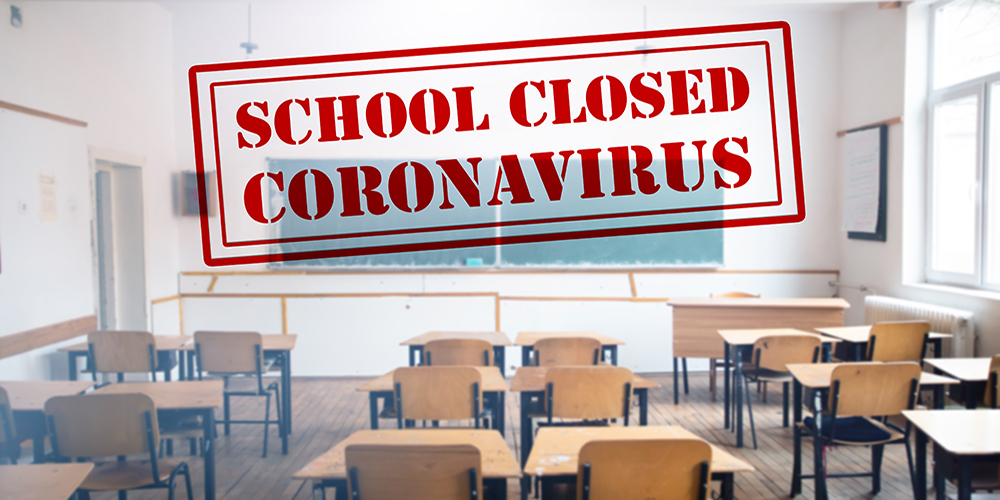A spike in coronavirus cases led South Korea officials to close hundreds of schools — many of which had just reopened days earlier.
There were 79 new reported cases on Thursday — the single biggest spike since April 5, reports The Washington Post. An additional 58 cases were reported the following day.
On Thursday, officials announced the two-week closure of government-operated parks, museums, theaters and art galleries. On Friday, the government also announced the closure of 251 schools in the city of Bucheon and the postponed reopening of 117 schools in Seoul, the country’s capital. As of Thursday, 838 of the 20,902 schools nationwide postponed reopening and are continuing with distance learning.
“We have decided to strengthen all quarantine measures in the [Seoul] metropolitan area for two weeks from tomorrow to June 14,” said Health Minister Park Neung-hoo. “The next two weeks are crucial to prevent the spread of the infection in the metropolitan area. We will have to return to social distancing if we fail.”
The outbreak includes a cluster in a logistics center in Bucheon. As of Friday, almost 100 cases were linked to the center, according to CNN. So far, 3,836 people out of 4,351 center workers and visitors have been tested, said Vice Health Minister Kim Gang-lip. The Korea Centers for Disease Control and Prevention said any student or teacher living in a household with an employee of the center should get tested and self-quarantine.
Many other countries have been monitoring South Korea’s reopening since it was able to curb the virus without a widespread shutdown through contact tracing, isolation and additional measures. As of early Friday, 11,402 total cases had been reported with 269 deaths.
The country began the phased reopening of its schools Wednesday with social distancing measures in place, including desks and cafeteria tables equipped with plastic barriers. High schools in the Seoul metropolitan area could only have two-thirds of their student population at a time and kindergarteners, elementary, middle and special education schools could only have one-third of their students present.
What About Other Countries That Have Reopened Schools?
In contrast, as many countries weigh their options for reopening schools, a number of other countries that have started reopening schools have reported no resulting increase in infection rates.
Australia, Austria, Denmark, Finland, New Zealand, Norway, and Singapore, all of which have reopened classrooms, have not had outbreaks in schools or daycare centers, according to The Wall Street Journal.
Denmark, which was the first Western country to begin reopening schools on April 15, has an advanced monitoring system in place to detect an increase in infections and identify sources. Since schools reopened, there has been a decrease in infections among all age groups, according to Dr. Tyra Grove Krause, a senior official with the State Serum Institute, the country’s disease control agency.
Norway Education Minister Guri Melby said schools won’t close again even if there is a spike because there have been no negative consequences since schools reopened on April 20.
Austria reopened on May 18 and no increase has been observed in schools and kindergartens so far. Finland reopened schools and daycares on May 14 and also has not seen an increase.
Researchers and European authorities said the lack of notable clusters of infection in reopened elementary schools suggests children aren’t significant spreaders of the coronavirus. Because of this, Professor Herman Goossens, a medical microbiologist and coordinator of a task force for researching COVID-19, advised European governments to allow children up to the age of 12 to go back to school.
Current data from around the world suggests children under the age of 12 make up less than 1% of total infections, according to The Wall Street Journal. Goossen said one reason for the absence of infections in schools may be that children under the age of 10 have fewer receptors which the virus uses to enter the body.
Still, others caution that currently available data is preliminary and there are still many unknowns.
“The state of science at the moment doesn’t allow for any real conclusions about how much children contribute to the spread of the virus,” German Health Minister Jens Spahn said in an interview Thursday. “There are different assessments and that makes it especially difficult to make political decisions.”













